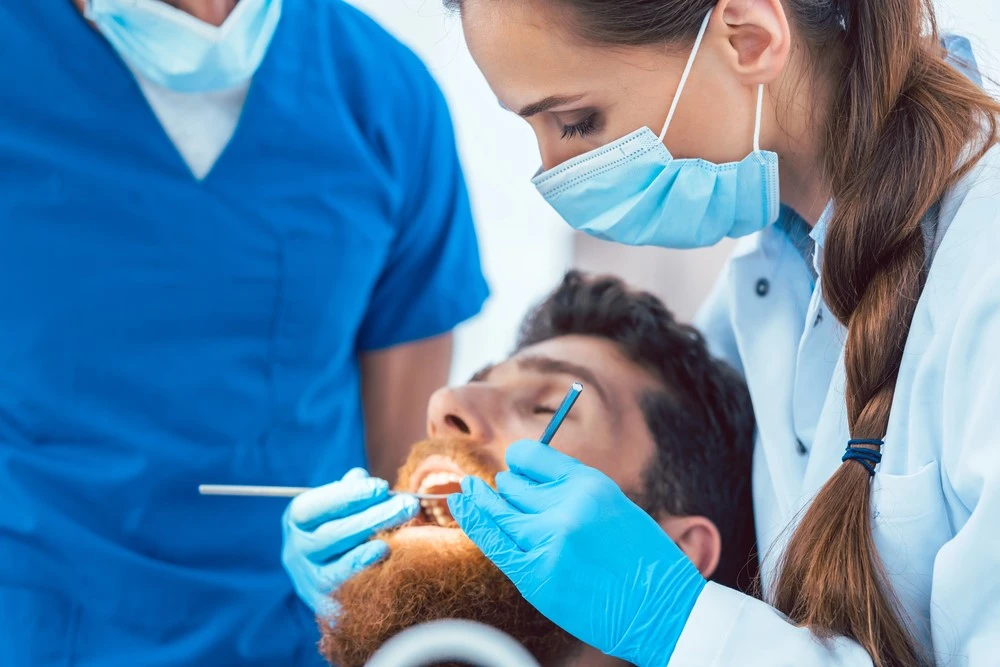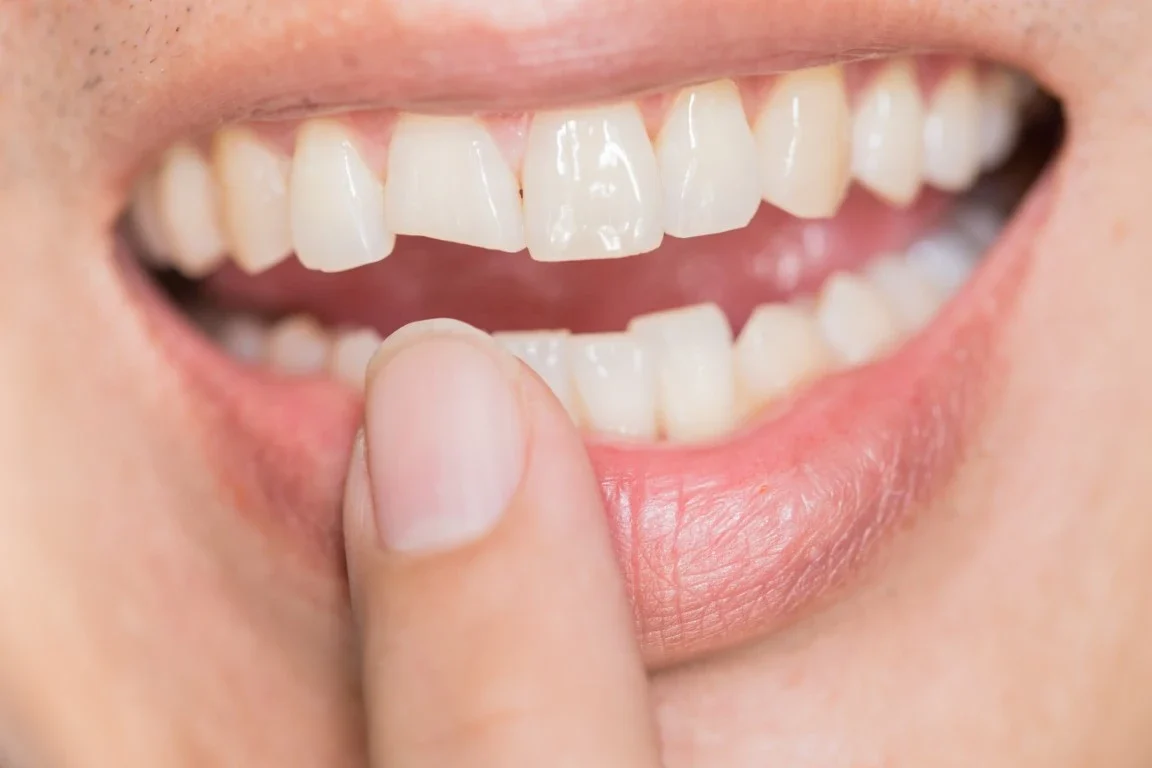Table of Contents
- What is Gum Disease?
- Early Signs You’re Developing It
- Treatment to Improve Your Gum Health
- How to Prevent Gum Disease
- Helping Patients Across Arden Recover from Periodontal Disease

Gum disease is one of the most common oral health issues, but many people aren’t aware they have it until it has progressed to an advanced stage. While you might not realize it, this condition can be incredibly detrimental to your oral health if left unaddressed. Taking proactive steps to understand its cause, symptoms, and treatment options is key to maintaining a healthy smile.
If you believe you may be developing gum disease and want to learn more about it and what treatment may be best for you, keep reading.
What is Gum Disease?
Gum disease, or periodontal disease, is an infection of the tissue that supports and surrounds your teeth. When they are healthy, your gums are firm, light pink, and fit tightly around your teeth. However, in its earliest stages, this condition may start with plaque buildup along your gum line, leading to inflammation, irritation, and damage to the gums and bone structure. There are two primary stages of this disease:
- Gingivitis: In its earliest stage, you may notice redness, swelling, and bleeding gums. At this point, the condition is still reversible.
- Periodontitis: If gingivitis goes untreated, the gums begin to pull away from the teeth, creating pockets that trap bacteria. This stage may also result in bone and tooth loss.
While this condition can harm oral health, it isn’t the only thing it can impact. In some cases, gum disease is also linked to systemic conditions, including diabetes, heart disease, and stroke, making early detection essential.

Early Signs You’re Developing It
Identifying gum disease in its early stages can help you take action before it worsens. Some of the early signs of this gum condition include:
- Red or Swollen Gums: As mentioned above, healthy gums should be firm and pink.
- Bleeding During Brushing and Flossing: Bleeding is the first warning sign of gingivitis.
- Persistent Bad Breath: Bacteria buildup in your mouth can lead to halitosis.
- Tender or Painful Gums: Irritated tissue indicates inflammation.
- Receding Gums: Your teeth may appear longer as the gums pull back.
If you notice any of these early signs, it is essential that you schedule a dental exam and plan treatment for this condition before irreparable damage is done.
Treatment to Improve Your Gum Health
Although you may be dealing with gum disease, there are treatments available in these early stages. Some of the most common treatments recommended by dental teams include:
- Professional Dental Cleanings: Early gingivitis is caused by plaque buildup on teeth. By scheduling a dental cleaning, you can remove the plaque and tartar that may cause inflammation and irritation to your gums.
- Scaling and Root Planing: As your gingivitis worsens, plaque and tartar may build up beneath your gumline. This deep-cleaning treatment removes plaque from below the gumline, and the roots are smoothed to prevent bacteria buildup.
- Antibiotic Therapy: While there are many in-office treatments to address gingivitis and periodontitis, there are also things you can do after leaving. Your dentist may prescribe an oral or topical antibiotic to fight infection.
- Surgical Treatments: While less invasive treatment options are available during the early stages, more advanced treatments can be more involved. For advanced periodontitis, you may need oral surgery, including flap surgery or bone grafts.

The treatment you receive for your gum disease will vary depending on its severity. Your dentist will recommend the best approach based on your gum health to help you begin recovering.
How to Prevent Gum Disease
Preventing gum disease is always easier than trying to cure it. Adopting good oral hygiene habits and maintaining regular dental checkups can significantly lower your risk of developing this condition, protecting yourself from costly and time-consuming dental treatments. Some easy ways to prevent the development of this condition include:
- Brush Twice Daily: Use fluoride toothpaste and brush for at least two minutes twice daily. This brushing removes tough plaque and food particles that can irritate gum.
- Floss Daily: Flossing removes food particles and plaque from between your teeth and along your gum line that brushing may otherwise not be able to reach.
- Use Antibacterial Mouthwash: An antibacterial mouthwash can kill any harmful bacteria in your mouth, preventing its spread.
- Eat a Balanced Diet: Nutrient-rich foods like high-fiber fruits and vegetables, nuts, and fish support healthy gums and teeth.
- Quit Smoking: If you have used tobacco products in the past, it is best to give up these products if you want to protect your gums.
- Schedule Regular Dental Visits: During regular visits with your dentist, they can catch signs of gingivitis before they become too significantly harmful.

Helping Patients Across Arden Recover from Periodontal Disease
Gum disease may seem like a minor inconvenience, but its long-term effects on your oral and overall health can be significant. By recognizing early signs, seeking timely treatment, and practicing consistent preventive care, you can protect your smile for years to come. If you suspect you have gum disease or want to learn more about protecting your gums, contact our Arden Family Dental team for support.
Our team has provided the most reliable dental care to patients across the Arden area for years. Whether you’re dealing with minor gum irritation, plaque buildup, aching teeth, or a combination of oral health ailments, we are prepared to help with it all. With our compassionate approach to dentistry, you can trust that we’ll make this process as smooth and comfortable as possible.
When you need to schedule a dental appointment with our team, don’t hesitate to contact us.




